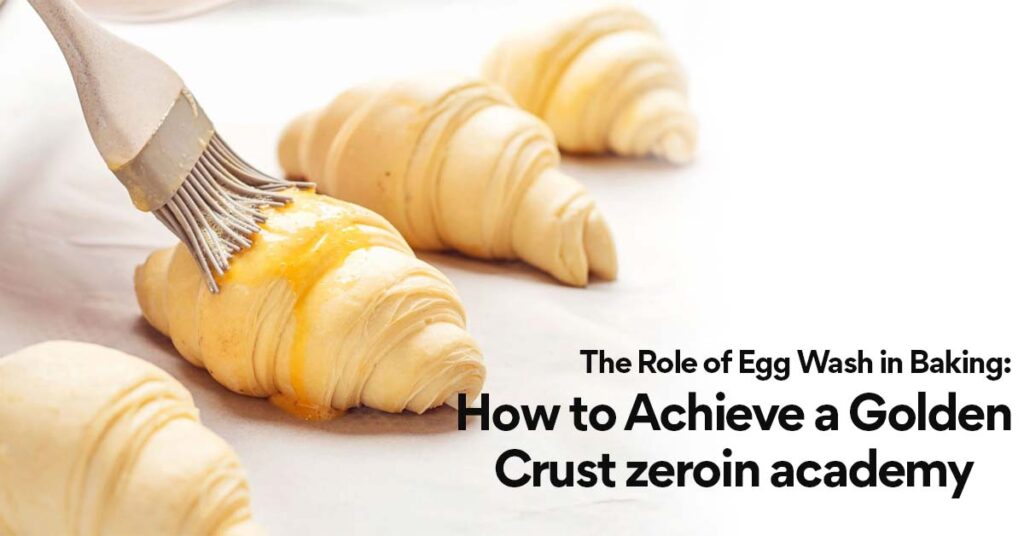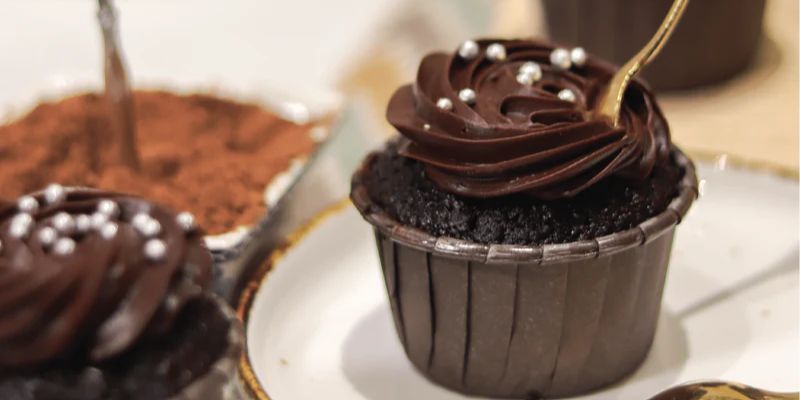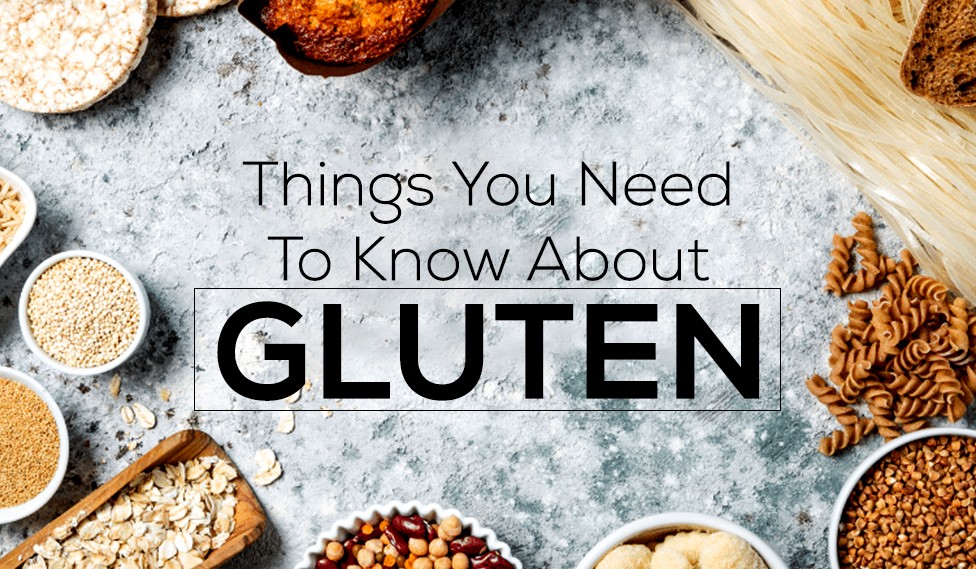
A golden crust perfectly achieved most of the time is what makes a beautifully crafted pastry or bread. Among the many factors that lead to that crispy, shiny finish, the most critical technique used is the egg wash. Such a simple yet powerful tool in a baker’s arsenal can upgrade the appearance and texture of baked goods to the right final touch. But what is an egg wash exactly, and how can you make proper use of it to get that flawless golden crust? Let’s dive into the role of egg wash in baking through ZeroIn academy and how to perfect it.
What Is Egg Wash?
Egg wash is a mixture of beaten eggs, which often include a small amount of liquid such as water, milk, or cream. This wash, applied to the baked goods prior to baking, ensures that the baked goods are shiny and golden in appearance. The proteins in the egg bond themselves to the dough as they bake, therefore giving a glossy color and a tempting gold-brown crust to the product along with a slight crunchiness at the outer layer of the baked goods. You can attend baking classes in Chennai to learn how egg wash can transform the textures and look of your creations.
The Magic Behind The Golden Crust
The Maillard reaction is the hidden agenda behind the golden sheen of the egg wash. The surface of the dough is heightened when the egg wash is applied, causing it to brown as it bakes. The carbohydrates and proteins in the egg wash caramelized at heat, giving the crust its desirable color and texture. This is why sweetbreads brushed with egg wash often have a more attractive, glossy, slightly crispy exterior than ones that do not.
But the egg wash doesn’t have just an aesthetic role. It also plays into texture. For example, a well-applied egg wash can help create a slightly firmer, crispier outer layer, while also enhancing the flavor of the crust through its mild richness. The techniques taught in our cake baking classes in Chennai helps you get the perfect results and improve the presentation.
How To Achieve The Perfect Egg Wash
A delicate egg wash requires choosing the right kind of liquid or egg combination and applying it in the right way. To attain that perfect golden crust here are a few tips:
- Choose the right egg: Most often a whole egg is used for egg wash, but you can also experiment with egg yolks or egg whites to get different results. Egg yolks will give you richer color and a thicker, shinier finish, whereas egg whites are lighter and crunchier in texture.
- Add Liquid: Mix in some water, milk, or cream to thin the egg wash and make it easier to apply. Water will give you a matte finish, whereas milk or cream will add a bit of richness and shine.
- Brush Generously, but Evenly: The pastry brush will neatly apply the egg wash throughout the surface of your dough or pastry. Ensure that you cover each portion of your dough where you’d want that golden finish. But be careful not to overdo it, lest too much egg wash will create uneven effects or result in too much browning.
- Bake at the Right Temperature: Ensure your oven is preheated to the correct temperature, as this is key for ensuring the egg wash browns evenly. Baking at a high temperature will help the egg wash set quickly, creating that crisp, golden texture without overcooking the interior.
Learning this step in cake making classes in Chennai can help you take your baking skills to the next level and achieve professional-level results.
When To Use Egg Wash
It may come as a surprise, but egg wash is employed most for those flaky pastries-croissants, pies, and tarts-aside from bread rolls and baguettes, while being ideal for savory baked goods like turnovers or empanadas. Using it ensures that your surface will gain an irresistible golden sheen, but in some cases it can even help toppings such as seeds or herbs to adhere.
Egg wash is little, but a big technique in baking. Playing an incredibly important role in its creation, it helps get the right crust- golden, bright, shining, and it would be fantastic to talk about making either flaky pastry, bread made rough on rye, or any type of savory treat. With the right combination of egg, liquid, and technique, you’ll soon be achieving that irresistible, golden-brown crust that looks as good as it tastes. Happy baking!

